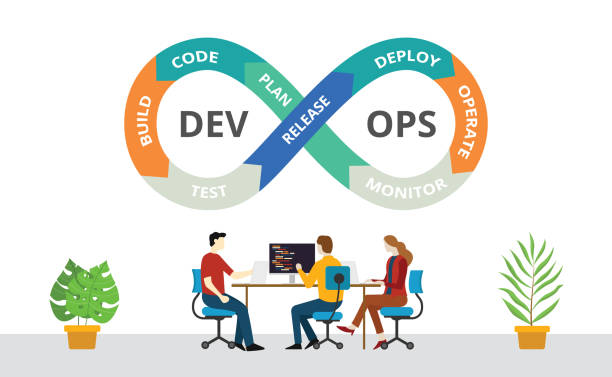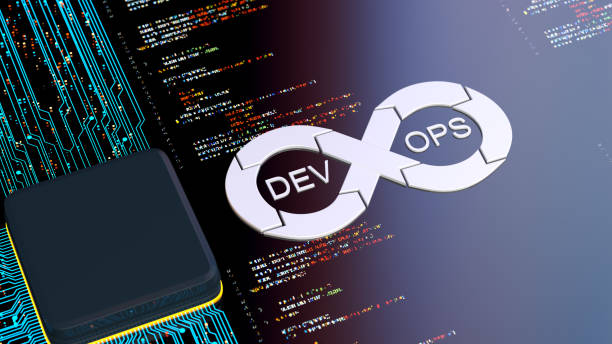DevOps is a set of practices that combines software development (Dev) and IT operations (Ops). It is the combination of cultural philosophies, practices, and tools that increases an organization’s ability to deliver applications and services at high velocity.
It aims to shorten the systems development life cycle and provide delivery with high software quality.
This speed enables organizations to better serve their customers and compete more effectively in the market.
In short, the word DevOps is a combination of the terms development and operations. It represents a shared approach to the tasks performed by a company’s application development and IT operations teams.
While DevOps is not a technology, DevOps environments generally have common methodologies. These include the following:
- Continuous integration, continuous delivery or continuous deployment tools, with an emphasis on task automation.
- Products that support DevOps adoption, including real-time monitoring and incident management systems, configuration management and collaboration platforms.
- Cloud computing, microservices and containers implemented concurrently with DevOps methodologies.

Steps of DevOps
- Plan: This phase helps define business value and requirements.
- Code: It involves software design and the creation of software code.
- Build: In this phase, you manage software builds and versions, and use automated tools
- Test: It involves continuous testing to ensure optimal code quality. And testing can be manual or automated.
- Deploy: It includes tools that help manage, coordinate, schedule, and automate product releases into production.
- Operate: This phase manages software during production.
- Monitor: It involves identifying and collecting information about issues from a specific software release in production.
How DevOps works?
Firstly, sometimes, development and operations teams are merged into a single team. Therefore, engineers can perform cyclical tasks throughout development. The task is from development to testing to deployment. And it develops a range of skills that are not limited to a single task.
While safety is the focus of everyone’s attention on a DevOps team, it is sometimes referred to as DevSecOps.
Moreover, these teams use practices to automate processes. They use technology stacks and tools that help to operate and develop applications quickly and reliably.
In addition, these tools help engineers complete tasks independently.
Benefits of DevOps
- Faster, better product delivery
- Faster issue resolution and reduced complexity
- Shorter Development Cycle
- Reliability
- Increased release velocity
- More stable operating environments
- Greater scalability and availability
Summary
In conclusion, DevOps is helping businesses in a variety of ways. It creates a smooth path for Continuous Development and Continuous Integration.
In short, in this article, we have learnt about DevOps which is combination set of software development and IT operations. Also, we have explained how it works, its steps and more.












